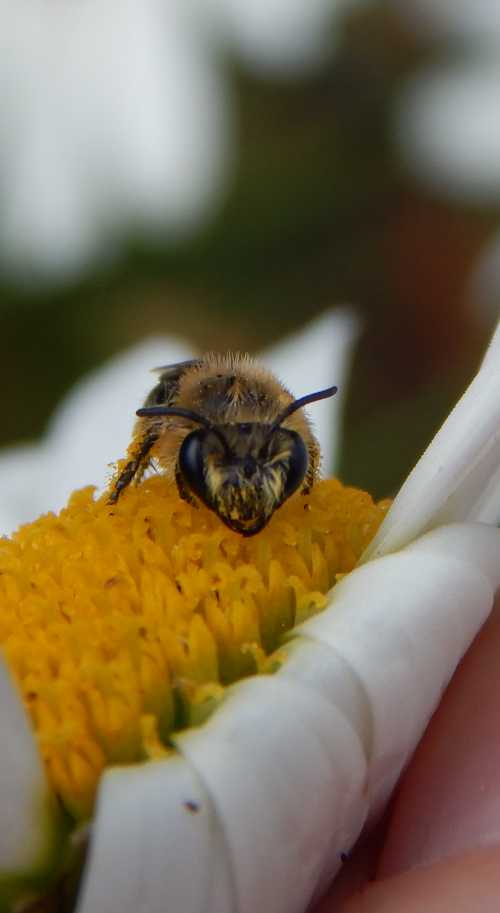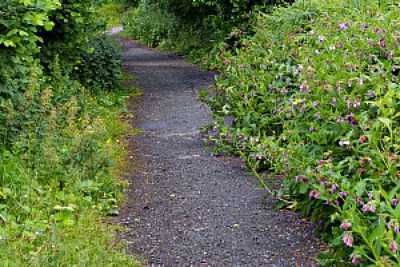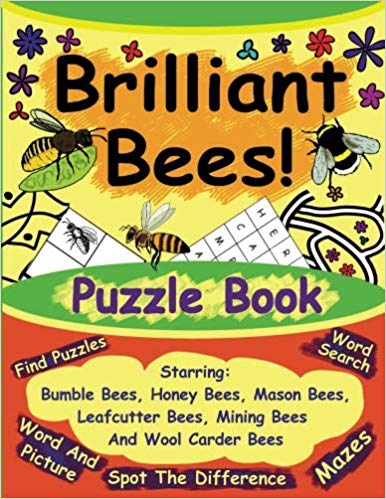Wildflowers and Native Plants to Attract Bees and Pollinators
Planting wildflowers and natives will not only attract bees and butterflies, but also other pollinators and wildlife.
Native plants and wildflowers are especially adapted to the climate and conditions of a country, and suit the indigenous wildlife, without upsetting the balance of nature.
This is not to say that non-native flowers should be avoided - indeed, many non-native flowers and plants provide a wonderful amount of nectar and pollen for bees - some are especially helpful.
The trick is to be responsible: don't introduce invasive plants, and be careful if you live close to an environmentally sensitive area.
Here we'll take a look at why we need more wildflowers, and a list plants you can include in your garden.
Why we need wildflowers and natives
Many a native wildflower landscape has been lost due to farming practices and building development, although in some regions of the world, farmers are making efforts to reverse this trend.
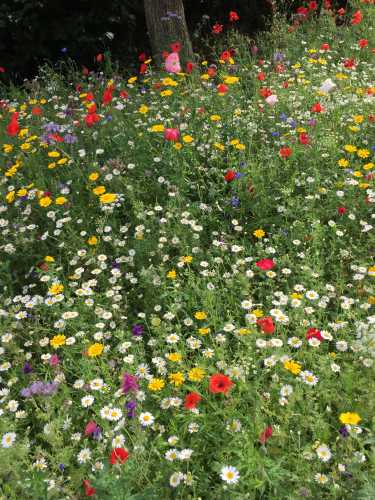 A commercial wildflower mix.
A commercial wildflower mix.The national Wildlife Federation of the USA make this comment:
"Before European settlers arrived, unique wildflower species covered the American landscape, from sea level to the highest mountain meadows.
But with the onset of agriculture, grazing and the construction of communities, habitat shrank and populations became fragmented and isolated.
Today, nearly one-fourth of the 20,000 known native flowering plant species in the United States are considered threatened or of conservation concern."
The decline is evident across Europe too.
For example, in
the UK, only 3% of lowland wildflower meadows remain
(according to The Grasslands Trust).
We have become obsessed with tidying up, but allowing a few "weeds" and wildflowers to flourish, or adding wildflowers to your border could help address this imbalance – if only on a small scale.
Your efforts could help enhance a nectar corridor, or provide a valuable ‘feeding station’, however small, for wildlife. And wildflowers are beautiful too!
Which wildflowers attract bees and pollinators?
For general interest, here is a list of great wildflower plants that attract butterflies and bees - it's not exhaustive, and some of them may be included in commercial seed mixes.
In addition, a few of these may not be welcome in all gardens!
Update: it's worth taking a look at the list below, plus the ideas for gardens, but since writing this page, research has been conducted on a selection of wildflowers to investigate their nectar and pollen provision.
Spring/Summer wildflowers for pollinators
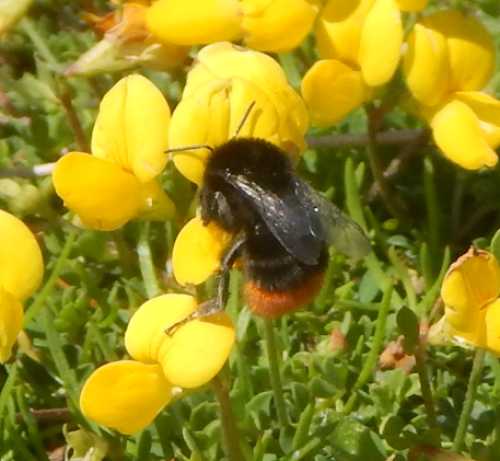
Red Campion
Bird’s Foot Trefoil (long season)
Bugle (Ajuga)
Comfrey
Selfheal
Poppy
Cowslip
Vetches
Dandelion (usually abundant in local landscapes, so no need to actively include)
Dead-nettle (red and white)
Foxglove
Yellow Rattle
Cat’s ear
Bluebell
Angelica
Red Bartsia
Ground Ivy
Woundwort
Betony
Oxeye daisy
Summer/Autumn wildflowers for pollinators
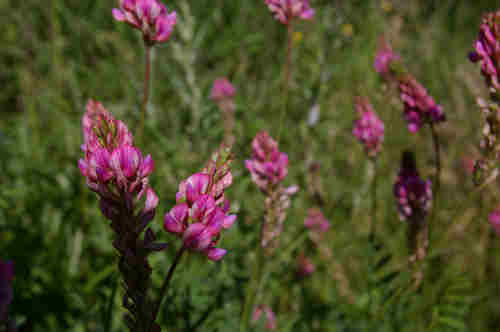 Sainfoin
Sainfoin
Clovers (red & white)
Burdock
Teasels
Yarrow
Knapweed
Vetches
Red Bartsia
Cornflower
Field Scabious
Musk Mallow
Thistles
Viper’s Bugloss
Cat’s ear
Corn marigold
Angelica
Red campion
Rosebay Willowherb
Sainfoin
Pineappleweed
Wild Marjoram
Scentless Mayweed
Wild Mignonette
American Willowherb
Bird’s Foot Trefoil
Autumn/Winter wildflowers for pollinators
Wood anemone
Wild garlic (Ramsons)
Devils’ bit scabious
How to include wildflowers in your garden
Single plants
Especially suitable for small gardens, and an approach I adopt nowadays. Select suitable plants that can be included and look very attractive in a border.
As I write, I currently have: oxeye daisy, fox glove, poppy, cornflower, rosebay willowherb, and bluebells. I don't actively cultivate them, but I do allow a few dandelions to pop up here and there.
I am intending to add corn marigold to my garden, in view of its value to bees and pollinators.
I have experimented with hedge woundwort, but this wild flower has a fairly unpleasant fragrance and spreads rapidly via seeds and its root system, such that I decided to remove it.
My advice if you have a small garden or yard, is to choose carefully.
Lawns, wildflower areas
If you have space, consider a commercial wildflower mix. Commercial mixes can be especially attractive, but be careful to check the origin of the seeds, and that they have not been coated with agrochemicals, and also that they do not include flowers considered to be invasive in your region. Do check with your local environment agency for further details.
If you have a large area or lawn that you are wishing to convert to wildflower, and have particularly difficult growing conditions (such as drought or clay soil) it may be worth seeking advice about an appropriate selection and method for sowing. It could save you a lot of expense, time and effort.
Please note, I DO NOT recommend using weed killers when you are planting a mini-meadow. If weed killers are recommended to you, find out about alternatives, such as planting Yellow Rattle (a plant loved by bees) which parasitizes grasses, and adapt the seed mixture to the soil if possible.
Conclusion
Wildflowers and native plants are some of the best plants for bees, and ideally, every ‘bee garden’ should have at least a few wildflowers in the border, or if you have space, a patch of lawn can be converted into a wildflower zone.
It's possible to find suppliers selling a range of mixes for a variety of soil and light conditions, as well as wildflower ranges for bees and butterflies.
If you found this page helpful or interesting, I'd really be grateful if you would share it with others - if not this page, perhaps another, such as Gardening For Bees.
Thank you so much :) .
